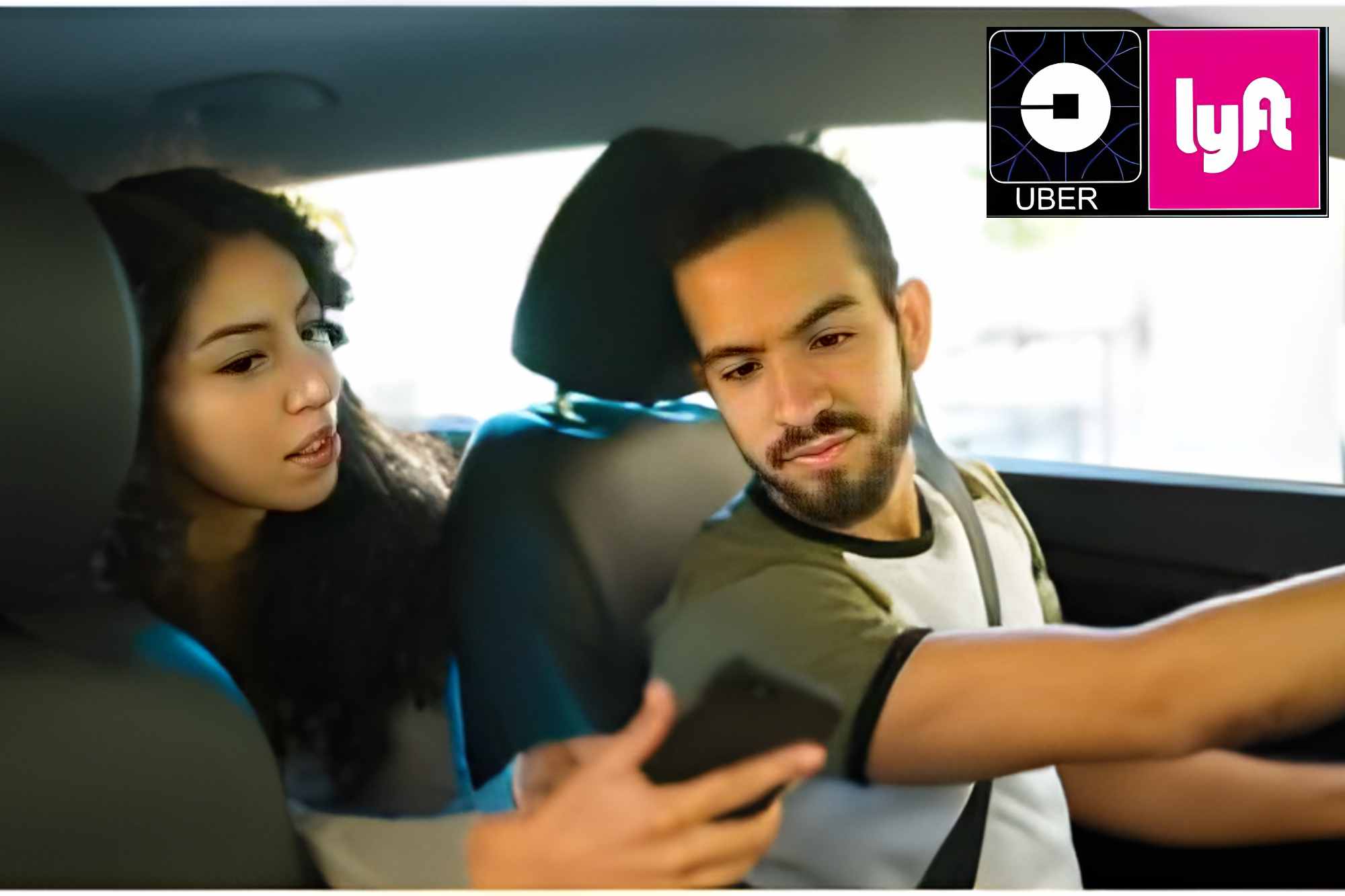In the past few years, ridesharing services in the US have literally had a revolution that has turned around the way people handle urban transport. Uber and Lyft have become home-name companies that provide convenient, reliable, and, in most cases, economical transport alternatives to taxis and public transport.
The transport revolution is not about how people get from one point to the other, but it has more than just that. It has created a new economic arena for drivers, while on the other hand, it has significantly contributed to regulatory and legal challenges, particularly in the field of insurance coverage.
According to the best rideshare accident lawyer, the introduction of rideshare operators has led to the introduction of a new format in personal transportation, which is a technology-driven system that links drivers to passengers through the use of smartphone apps. On-demand services are attracting more and more users due to the simplicity of their utilization, which is maximized with online communication and an exchange of data.
Table of Contents
The Effects of Uber and Lyft
This revolution has caused Uber and Lyft connectivity to grow to unprecedented levels in cities and states nationwide. These increases point to an evolving trend in US consumer behavior, where they lean towards more adaptable and instant means of transportation, enabling them to contest conventional taxi services. The mobility environment responds to such circumstances.
With the start of companies like Uber and Lyft, the concerns about insurance coverage and who pays have become distinct issues. From the moment a driver signs in to the end of the trip, both companies have come up with extensive insurance policies that take care of drivers, passengers, and third parties that may be involved in any instance of using the rideshare app.
Uber’s Insurance Policy
Uber has put an insurance plan in place with the objective of protecting both the drivers and the passengers of the car-sharing service. Under this policy, the level of coverage a driver enjoys is determined based on their status of being involved in an accident.
Finally, when the driver logs into the platform and waits for a ride request, Uber grants liability coverage for any accidents that happen with the driver on duty if their personal insurance is not able to cover the accident. Such coverage includes $50,000 per person injury per accident, as well as $100,000 in the same category per accident and $25,000 in property damage per accident.
From the very moment an Uber rider request gets accepted to the moment they arrive at the destination, the increase in Uber liability coverage is fundamentally phenomenal. Uber states a liability insurance coverage of up to $1 million for an incident, which pays for bodily injury and property damage to third parties.
In Uber’s Phases 2 and 3 coverage, Uber also protects passengers and drivers with additional uninsured/underinsured motorist coverage. This comes in handy if the other driver involved in an accident caused by another driver is not fully insured.
Uber passengers are covered by collision and comprehensive insurance while in Phases 2 and 3, provided their driver has these coverages on either their auto policy or liability insurance.
Lyft’s Insurance Policy
Like Uber, Lyft has worked out an insurance policy that is comprehensive and is used over and over again by drivers and passengers to protect them. This is the policy that is developed to be able to handle the situations that may arise as the rider begins the Lyft app until the ride has been completed.
As long as drivers are logged into the Lyft application without accepting any ride requests yet, Lyft has been paying third-party liability insurance for the benefits that the drivers’ individual insurance policies might not cover.
After Lyft has been chosen as the ride-hailing driver and the driver has been picked up, Lyft’s coverage liability increases to $1 million for each accident. These policies are tailored to the protection of passengers, drivers, and third-party losses from other adverse damages.
Other Safety Measures
Uber and Lyft have implemented several safety measures and protocols designed to enhance passenger security:
In-App Safety Features: Instructions on the app involve emergency help buttons, positions in real-time for sharing, and disguised pick-up and drive-off points to protect personal information.
Driver Screening: These apps fundamentally check the driver’s criminal and driving records and do not allow those who do not meet its safety standards to be involved in their platform.
Ratings and Feedback: They also rate their rides and share their experience about the travel with the company itself. The company checks the feedback feedback constantly to make any necessary adjustments and keep standards of safety and service high.
Conclusion
Comprehension of insurance policies is key for both riders and drivers so that they can be informed and know their rights, coverages, and the way to go in case of an accident or harm. As rideshare services become deeply accepted into America’s transportation system, insurance policies will have to be a part of the economy’s rideshare zoning.
Please explore our site for more exciting content if you like this article.





